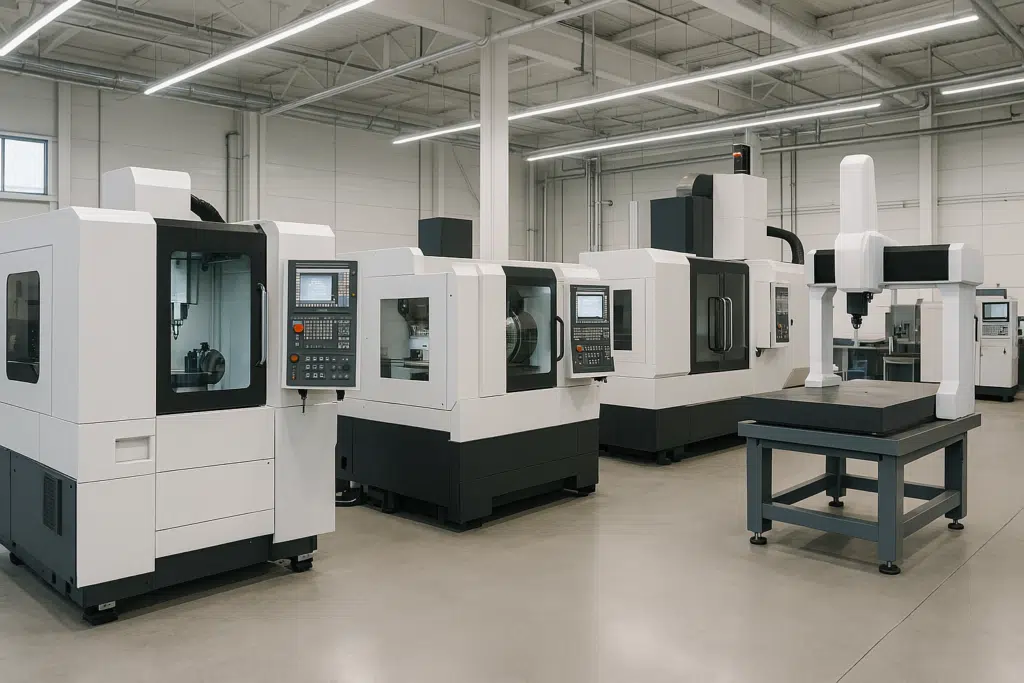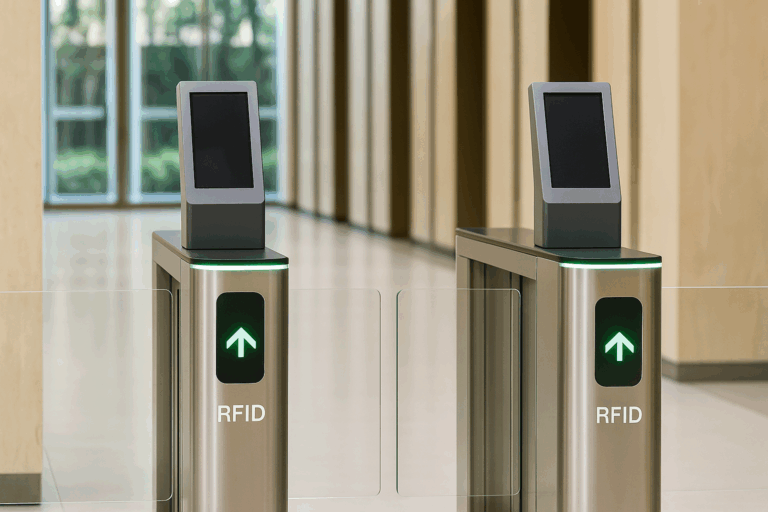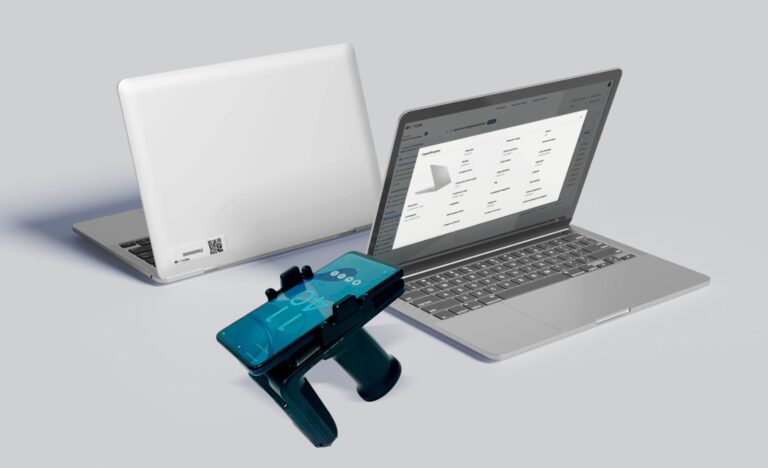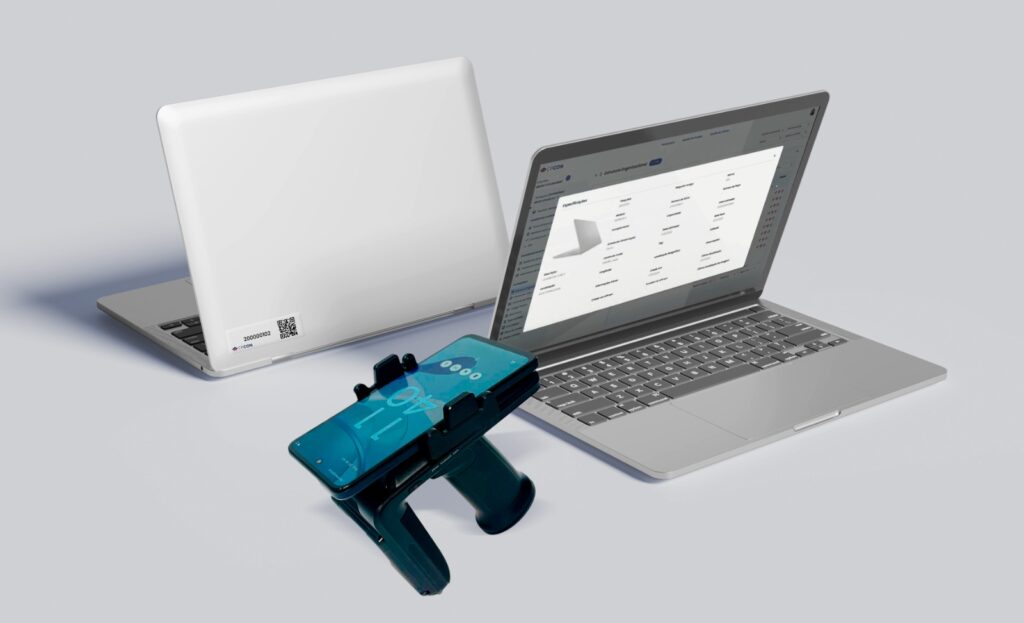Managing fixed assets is a critical task for every business. However, many companies fail to execute this process effectively, which can significantly impact the organization’s market value. When we talk about fixed assets, we are referring to all tangible, long-term items such as machinery, equipment, vehicles, and buildings that are vital to your operations. But have you ever considered whether your fixed assets are actually increasing or decreasing your company’s value?
In this article, we will explore how asset depreciation, proper asset control, and technologies like RFID can positively influence your company’s market value and cash flow. We will demonstrate how proper asset management can be key to increasing profitability, optimizing processes, and improving your company’s EBITDA.

Table of Contents
ToggleThe importance of asset tagging and its impact on company value
The first thing you need to know is that proper fixed asset management starts with asset tagging.
This is essential for identifying and tracking every asset within your company. We’re not just talking about a simple code, but a strategy that can change the way your company handles its assets.
Each tag plays a critical role, as it helps monitor the depreciation of each item, ensuring that the recorded value aligns with the asset’s actual value over time.
Asset depreciation directly impacts a company’s share value and corporate valuation. When assets are not well-managed, their devaluation can hurt a company’s credibility in the market, affecting key financial indicators like earnings per share (EPS).
Moreover, with proper asset control, you can enhance your cash flow and optimize the return on invested capital.
How asset management impacts cash flow and EBITDA
Proper fixed asset management directly impacts a company’s cash flow. Even with the depreciation of assets, which is a non-cash expense, the effect on operating cash flow is positive.
This happens because depreciation reduces accounting profit, but it does not involve any real cash outflow. Instead, it improves operating cash flow, which is crucial for maintaining liquidity and the ability to reinvest in the business.
On the other hand, efficient asset management also affects the company’s EBITDA, a widely used metric by financial analysts to assess operational cash flow generation.
Companies that maintain strict control over their assets and have a strategic replacement plan tend to show a more stable and predictable EBITDA, reducing risk for investors and possibly driving their stock value up.

Unlock Your Business Potential: Tangible Benefits and Results of a Strategic Fixed Asset Valuation
An accurate and well-executed valuation of your fixed assets goes far beyond a simple asset inventory.
It translates into concrete results that directly impact the financial health and market value of your company.
By gaining clarity on the actual depreciation and useful life of your assets, you gain predictability in EBITDA and visibility in cash flow.
This in-depth knowledge eliminates hidden expenses related to the maintenance of obsolete items and enhances the reliability of your financial indicators.
The impact on valuation is significant: a well-valued and well-managed asset base reduces the perceived risk for investors, making your company more attractive and accelerating negotiation processes.
Ultimately, a strategic fixed asset valuation transforms your assets from a potential cost center into a direct influencer of your business’s performance and perceived value.
How to implement efficient asset management
Now that you understand the impact of fixed assets on your company’s value, let’s discuss some essential practices for ensuring efficient asset management:
- Asset Tags (RFID): RFID technology is an excellent tool for ensuring effective asset tracking. With asset tagging and RFID, you can perform quick, accurate inventories and ensure that your assets are always well-controlled.
- Automated Asset Control: Using an integrated asset control system is essential for keeping asset records organized and up-to-date. This allows you to have clear visibility into asset values and depreciation over time.
- Asset Depreciation: Calculate asset depreciation accurately by considering each asset’s useful life and market obsolescence. This will help reflect the true value of the assets and avoid over- or undervaluation of assets.
- Corporate Valuation Analysis: Use the information from asset control to perform corporate valuation analyses and ensure the company is priced correctly in the market.
Why choose CPCON to manage your fixed assets?
CPCON specializes in comprehensive fixed asset management solutions, offering advanced technologies and personalized services that can transform the way you manage your company’s assets.
With our asset control tools, you can ensure greater accuracy in asset depreciation and EBITDA calculations, improving your cash flow and increasing your company’s market value.
Boost Your Bottom Line: How Smart Asset Management Drives Financial Success
Efficient management of your fixed assets could be the key to your company’s financial success.
By optimizing asset control and asset depreciation, you not only ensure a more accurate corporate valuation, but you also enhance the company’s credibility in the market. CPCON is ready to help your company take this important step.
Contact us and discover how we can simplify your asset management!
FAQ
What are fixed assets?
Fixed assets are a company’s physical assets, such as machinery, vehicles and real estate, which are used for more than one year in the operation of the business. They are essential for the company to function, but need to be efficiently controlled so that they don’t become a liability.
Why does the depreciation of assets impact the value of the company?
Depreciation reduces the book value of assets over time. If not managed properly, it can cause distortions in balance sheets, affect financial indicators and even reduce the perceived value of the company in the market.
How does RFID technology help with asset management?
RFID makes it possible to track assets in real time, reducing inventory errors, speeding up audits and improving asset control. It makes the process faster, more accurate and more reliable.
What are the benefits of a strategic evaluation of fixed assets?
It improves financial visibility, eliminates hidden costs with obsolete assets and increases investor confidence. It also allows for more assertive decisions and contributes directly to EBITDA growth.
How does asset management influence cash flow?
Depreciation is an accounting expense that does not require immediate disbursement. This improves operating cash flow, giving more breathing space for investments and strategic planning.























